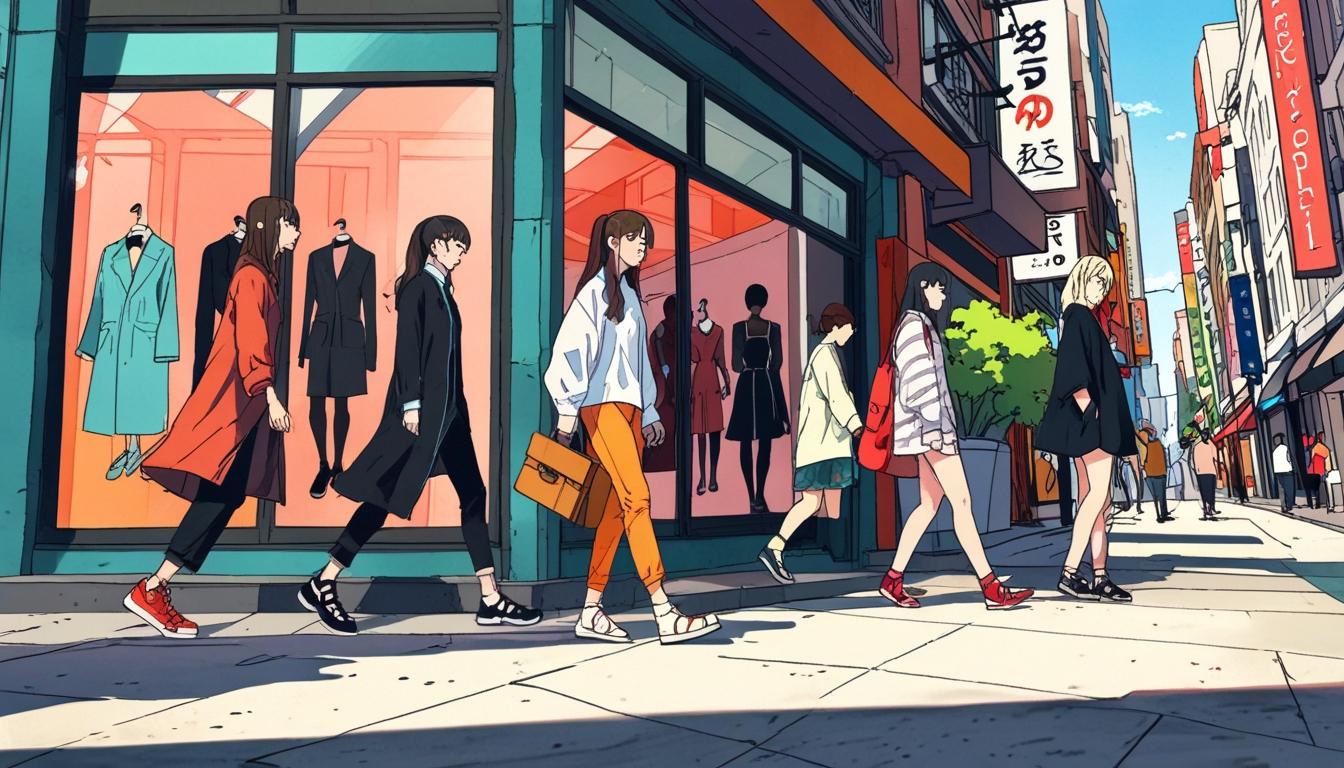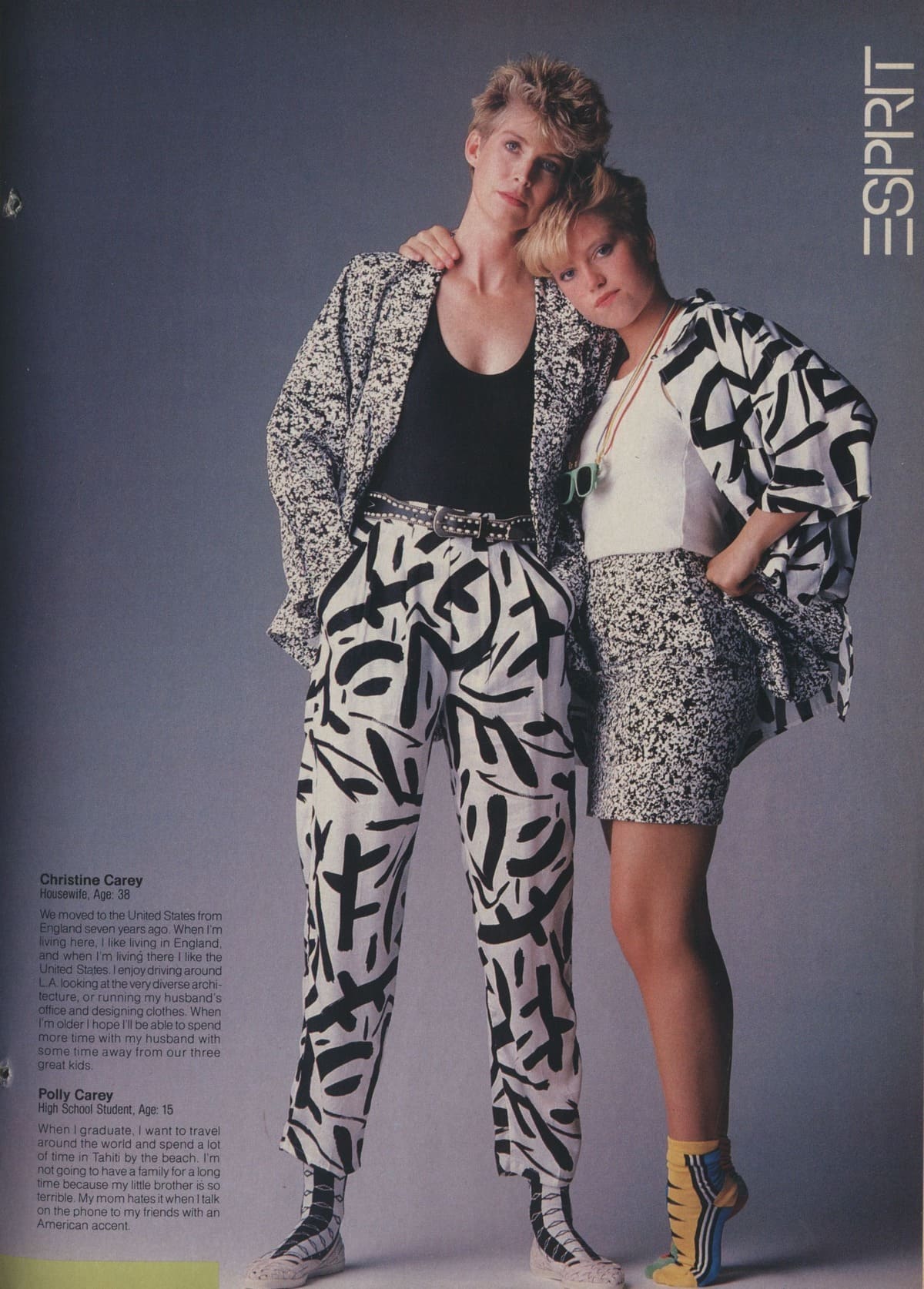The House of Givenchy was founded by Hubert de Givenchy, whose passion for fashion began in his youth. Born into a noble family in Beauvais, he moved to Paris to apprentice with Jacques Fath and attend art school. In 1952, he launched his couture house on Rue Alfred de Vigny with a groundbreaking collection called "Les Séparables," featuring the iconic Bettina Blouse. His blend of elegance and practicality reshaped the fashion landscape. Givenchy later created Audrey Hepburn's famous little black dress, further sealing his legacy. If you're intrigued by his innovative designs, there's much more to explore about his impact on fashion.
Early Influences and Background
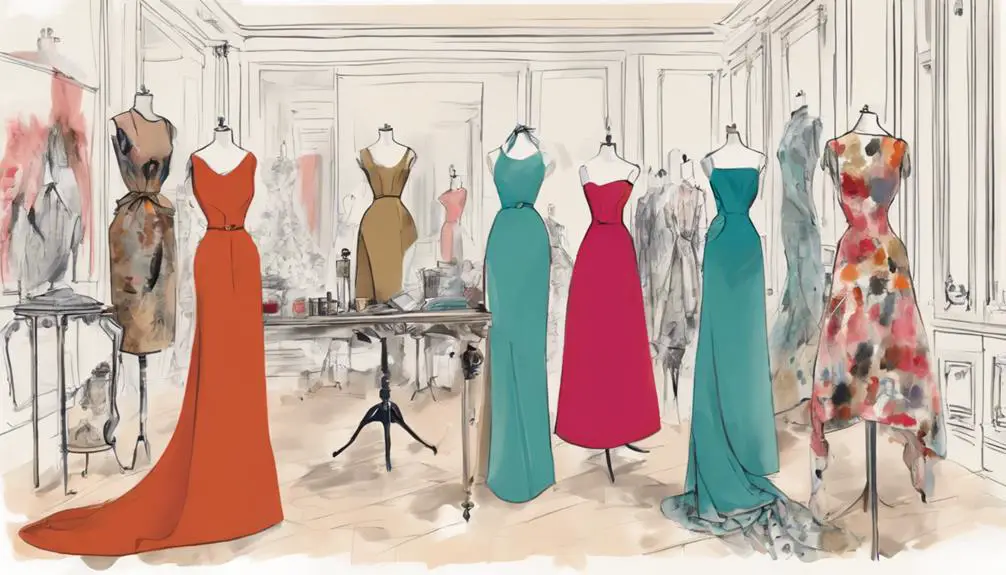
From an early age, Hubert de Givenchy was immersed in a world that would shape his future as a fashion icon. Growing up in Beauvais, France, he was the youngest son of a marquis and surrounded by artistic influence, especially from his maternal grandfather, an artist and tapestry director. This rich environment sparked his passion for fashion early on, so much so that he even tried to run away at age ten to meet the renowned Spanish couturier Cristóbal Balenciaga.
At just 17, Givenchy took a significant step towards his dreams by moving to Paris to pursue an apprenticeship at Jacques Fath. While studying at the prestigious École Nationale Supérieure des Beaux-Arts, he gained invaluable experience working with other notable designers, including Elsa Schiaparelli.
Even though he faced rejection from Balenciaga's salon, these experiences shaped his artistic influence and solidified his design philosophy.
Givenchy's focus on elegance and comfort became defining characteristics of his style. He admired Balenciaga's architectural approach to fashion, which inspired him as he eventually launched his own fashion house in 1952.
Establishing the Givenchy House
In 1952, Hubert de Givenchy launched his couture house on Rue Alfred de Vigny in Paris, marking a pivotal moment in the fashion world. His inaugural collection, titled "Les Sépárables," showcased innovative designs that would redefine elegance. The standout piece, the Bettina Blouse, was inspired by the stunning Bettina Graziani, who served as his muse during the first fashion show. This collection quickly garnered critical acclaim from prestigious publications like Vogue and The New York Times, sealing Givenchy's status as a formidable player in haute couture.
As you explore the evolution of Givenchy, you'll discover how Hubert's designs were heavily influenced by his mentor, Cristóbal Balenciaga. He embraced architectural lines and elegant silhouettes, setting his creations apart from his contemporaries.
In 1954, Hubert made history by introducing a luxury ready-to-wear line, Givenchy Université, catering to the post-war middle class. This groundbreaking move allowed fashion enthusiasts to enjoy high-quality designs without the exclusive couture price tag.
Givenchy's ability to blend the sophistication of couture with the accessibility of ready-to-wear transformed the industry. His unique perspective and innovative spirit paved the way for future designers, making him a trailblazer in Paris's vibrant fashion scene.
With each collection, Hubert de Givenchy not only established his house but also laid the foundation for a legacy that would influence generations to come.
Signature Styles and Innovations
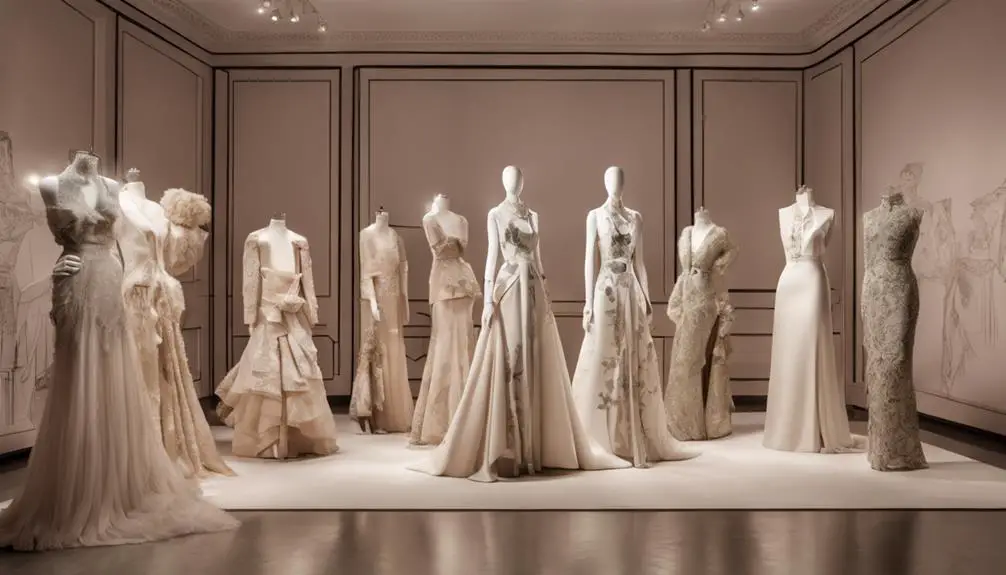
Hubert de Givenchy's commitment to innovative design quickly set the stage for his signature styles that would leave an indelible mark on fashion. He introduced the iconic "Bettina Blouse" in 1952, celebrated for its elegant silhouette and architectural lines. This piece exemplified Givenchy's ability to combine haute couture with an artistic flair, setting trends that others would follow.
In the early years, Givenchy's designs were influenced by the evolving fashion landscape, reflecting a deep understanding of vintage Givenchy tags and their historical significance. In 1954, he became the first high-fashion designer to create a luxury ready-to-wear line, "Givenchy Université." This collection catered to the post-war middle class, offering accessible luxury that appealed to a broader audience.
His innovations didn't stop there; the same year, he introduced the first shirt dress, which later evolved into the sack dress in 1957. This design emphasized practicality and comfort in women's fashion, making it a staple in wardrobes everywhere.
Of course, no discussion of Givenchy's signature styles would be complete without mentioning his unforgettable collaborations with Audrey Hepburn. The little black dress he designed for "Breakfast at Tiffany's" became a defining moment in fashion, showcasing a perfect blend of elegance and simplicity.
Givenchy's expansion into menswear with "Gentleman Givenchy" in 1969 maintained the same ethos of sophistication, proving that elegance isn't limited to women's fashion. Through these innovations, Givenchy not only shaped the fashion landscape but also established a legacy that continues to inspire designers today.
Iconic Collaborations and Achievements
Givenchy's collaborations with iconic figures of the era have left a lasting legacy in the fashion world. One of his most celebrated partnerships was with Audrey Hepburn. In films like "Breakfast at Tiffany's," he designed the legendary little black dress that became a symbol of elegance and sophistication. This collaboration not only defined Hepburn's style but also showcased Givenchy's ability to blend haute couture with cinematic magic.
His influence extended beyond Hollywood, as he worked with renowned directors like Billy Wilder and Stanley Donen to craft memorable wardrobe pieces that helped shape characters and stories on screen. Givenchy's first collection in 1952 introduced the Bettina Blouse, a design that Vogue praised, establishing him as a leading figure in haute couture right from the start.
Recognizing the evolving fashion landscape, Givenchy was also the first high-fashion designer to introduce a luxury ready-to-wear line, Givenchy Université, in 1954. This move catered to a growing post-war middle class enthusiastic for stylish yet accessible fashion.
His collaborations with high-profile clients like Jackie Kennedy and Grace Kelly further solidified his status in the industry. Each piece he created for these women showcased his unique ability to merge elegance with modernity, leaving an indelible mark on the fashion scene.
Through these iconic partnerships, Givenchy not only transformed individual wardrobes but also revolutionized the way fashion interacted with film and popular culture.
Legacy and Cultural Impact
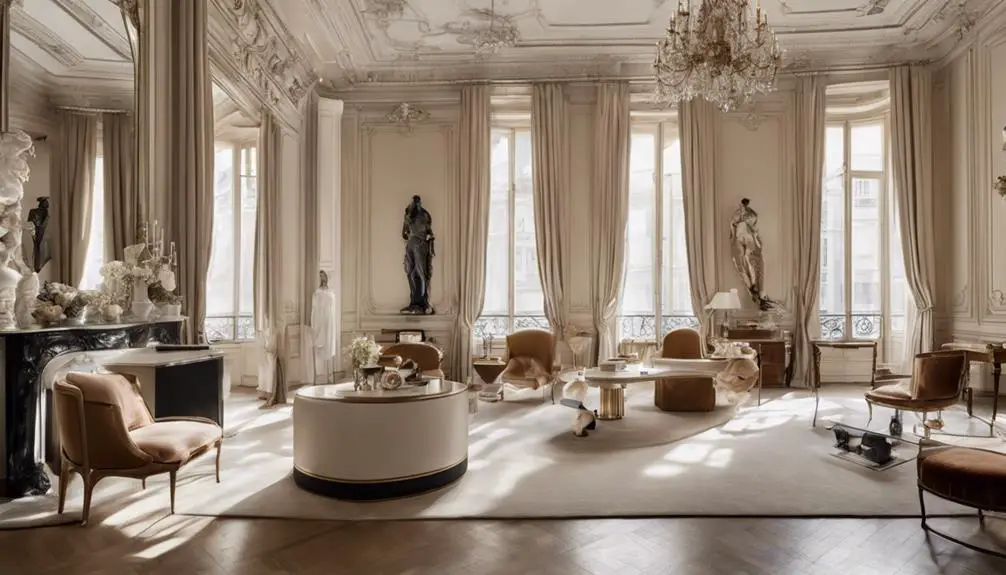
Often regarded as a transformative force in fashion, the House of Givenchy has left an indelible mark on both haute couture and popular culture. Founded by Hubert de Givenchy in 1952, the brand redefined elegance by blending sophistication with practicality. You can see this influence in the iconic pieces created for Audrey Hepburn, like the little black dress featured in "Breakfast at Tiffany's." This design not only showcased Givenchy's legacy but also emphasized his design philosophy of "less is more," which prioritized comfort alongside style.
Givenchy made history by launching Givenchy Université in 1954, the first luxury ready-to-wear line, catering to a post-war middle class yearning for elegance. His collaborations with prominent figures such as Jackie Kennedy and Grace Kelly further elevated the brand's status and shaped the public's understanding of style and sophistication during the mid-20th century. These partnerships weren't just about clothing; they represented cultural significance, connecting fashion with celebrity influence.
Beyond fashion, Givenchy's aesthetic of noble simplicity has impacted interior design as well. Hubert de Givenchy's residences inspired decorators and collectors, proving that his legacy transcends clothing.
The House of Givenchy continues to resonate in contemporary fashion, inspiring new generations of designers who embrace its core values of elegance, comfort, and the timeless appeal of iconic pieces. As you explore Givenchy's contributions, you'll discover that its influence is deeply woven into the fabric of modern culture.


